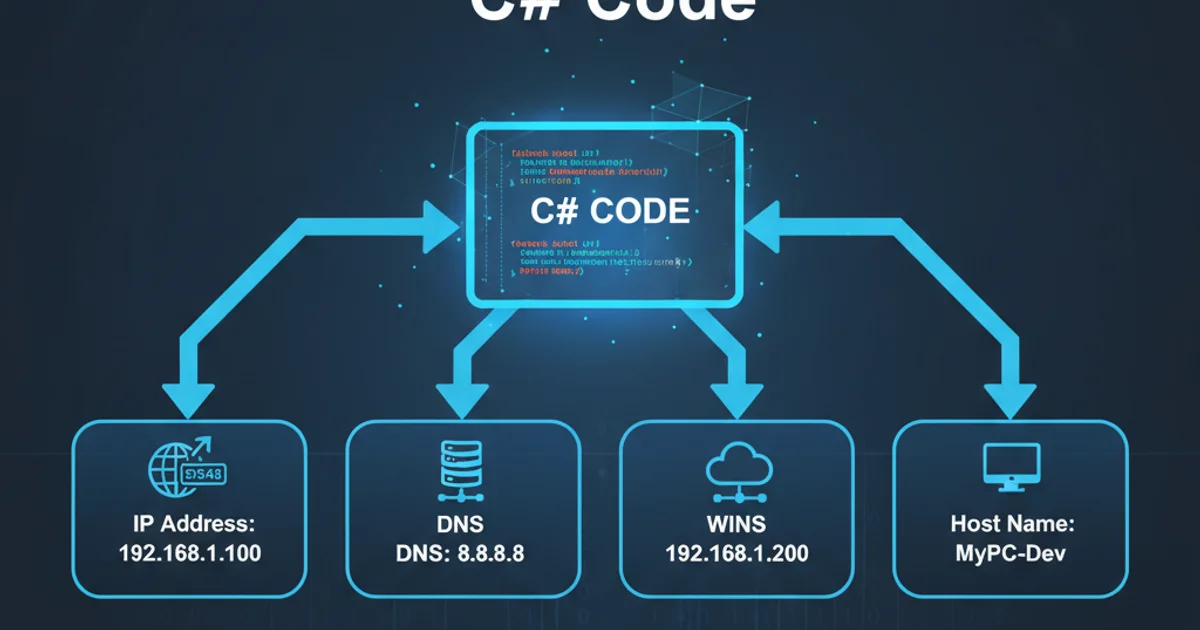SQL Server Creating Index over Index
Understanding and Avoiding 'Index Over Index' in SQL Server

Explore the concept of creating an index over an existing index in SQL Server, why it's generally not possible, and what developers often mean when they ask this question. Learn about clustered and non-clustered indexes and best practices for index design.
A common question among developers new to SQL Server indexing is whether it's possible to create an 'index over an index.' This phrasing often stems from a misunderstanding of how SQL Server indexes work. In reality, you cannot directly create a new index on top of an existing index in the way you might layer data structures in other programming contexts. SQL Server's indexing architecture has specific rules and types of indexes that govern how data is stored and retrieved.
The Fundamentals: Clustered vs. Non-Clustered Indexes
To understand why 'index over index' isn't a direct concept, it's crucial to differentiate between SQL Server's two primary index types: clustered and non-clustered indexes.
Clustered Index
A clustered index determines the physical order of data rows in a table. Think of it like a dictionary where the words (index keys) are sorted alphabetically, and the definitions (data rows) are stored right there with them. A table can have only one clustered index because the data rows themselves can only be physically sorted in one order. If a table has a clustered index, the leaf level of the index is the data pages of the table.
Non-Clustered Index
A non-clustered index, on the other hand, does not sort the physical data rows. Instead, it's a separate structure that contains the index key values and pointers to the actual data rows. These pointers can be either the clustered index key (if a clustered index exists) or a Row ID (RID) for a heap table (a table without a clustered index). A table can have multiple non-clustered indexes, each optimized for different query patterns.
flowchart TD
A[Table Data] --> B{Has Clustered Index?}
B -- Yes --> C[Clustered Index Leaf Level = Data Pages]
B -- No --> D[Heap Table]
C --> E[Non-Clustered Index (Pointers to Clustered Key)]
D --> F[Non-Clustered Index (Pointers to RID)]
E --> G[Query Optimization]
F --> G[Query Optimization]Relationship between Table Data, Clustered, and Non-Clustered Indexes
What 'Index Over Index' Really Means (and How to Achieve It)
When someone asks about creating an 'index over an index,' they are often trying to achieve one of the following:
- Improve performance for queries involving columns already part of an existing index.
- Create a more specific index that leverages an existing one.
- Add more columns to an existing index to make it covering.
While you can't literally build an index on another index's structure, you can achieve similar performance benefits by designing your non-clustered indexes effectively. Non-clustered indexes inherently 'point' to the clustered index (or the heap), meaning they rely on the clustered index for locating the full data row. In this sense, a non-clustered index can be thought of as 'referencing' or 'using' the clustered index.
Covering Indexes
One common scenario where developers might think of 'index over index' is when they want to create a covering index. A covering index is a non-clustered index that includes all the columns required by a query, either as key columns or as included columns. This allows SQL Server to retrieve all necessary data directly from the index without having to access the base table or the clustered index, thus avoiding costly lookups.
CREATE TABLE Employees (
EmployeeID INT PRIMARY KEY CLUSTERED, -- Clustered index on EmployeeID
FirstName NVARCHAR(50),
LastName NVARCHAR(50),
DepartmentID INT,
Salary DECIMAL(10, 2)
);
-- This non-clustered index covers queries for FirstName, LastName, and DepartmentID
-- without needing to go to the clustered index for these columns.
CREATE NONCLUSTERED INDEX IX_Employees_Name_Dept
ON Employees (FirstName, LastName) INCLUDE (DepartmentID);
-- Example query that would be covered by IX_Employees_Name_Dept
SELECT FirstName, LastName, DepartmentID
FROM Employees
WHERE FirstName = 'John';
Example of a clustered index and a covering non-clustered index.
INCLUDE clause. It allows you to add non-key columns to the leaf level of the non-clustered index without making them part of the index key. This can significantly reduce the size of the index key while still allowing the index to cover more queries.Impact of Index Design on Performance
Poor index design, such as creating too many indexes or redundant indexes, can negatively impact performance. Each index adds overhead to data modification operations (INSERT, UPDATE, DELETE) because SQL Server must maintain all associated index structures. Therefore, it's crucial to strike a balance between query performance and write performance.
Redundant Indexes
Creating an index that is a left-prefix subset of another existing index is often redundant. For example, if you have an index on (LastName, FirstName), creating another index on just (LastName) might be unnecessary, as the first index can often satisfy queries on LastName alone. However, there are nuances, and the order of columns in an index is critical.
erDiagram
CUSTOMER ||--o{ ORDER : places
ORDER ||--|{ ORDER_ITEM : contains
ORDER_ITEM ||--|{ PRODUCT : refers_to
PRODUCT {
int ProductID PK
varchar(255) ProductName
decimal Price
}
ORDER_ITEM {
int OrderItemID PK
int OrderID FK
int ProductID FK
int Quantity
}
ORDER {
int OrderID PK
int CustomerID FK
date OrderDate
}
CUSTOMER {
int CustomerID PK
varchar(255) FirstName
varchar(255) LastName
}Example Entity-Relationship Diagram for an E-commerce Database
In summary, while the literal concept of 'index over index' doesn't apply in SQL Server, the underlying intent often points to optimizing query performance through well-designed non-clustered and covering indexes. Understanding the distinction between clustered and non-clustered indexes is fundamental to effective index strategy.